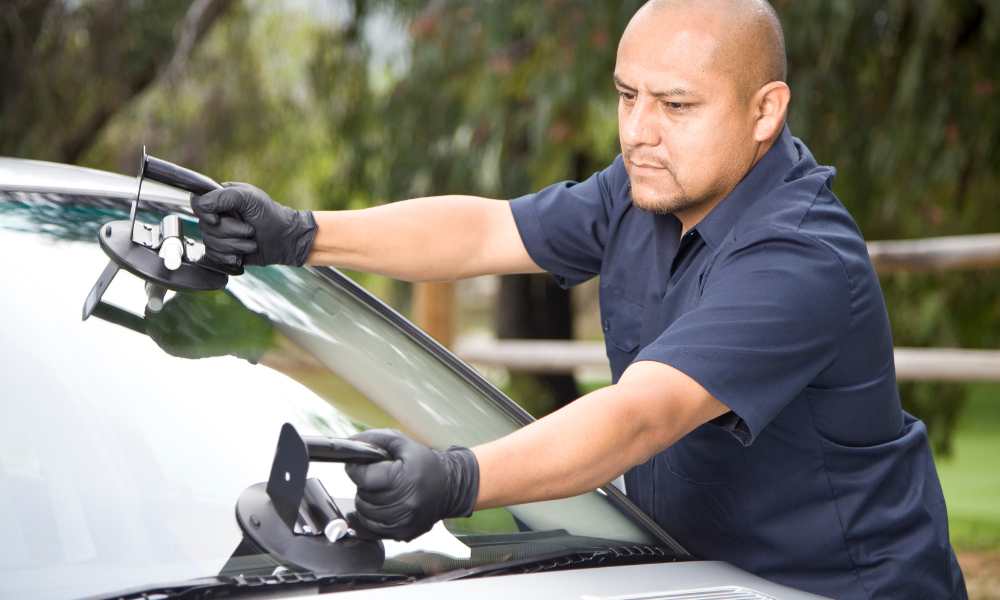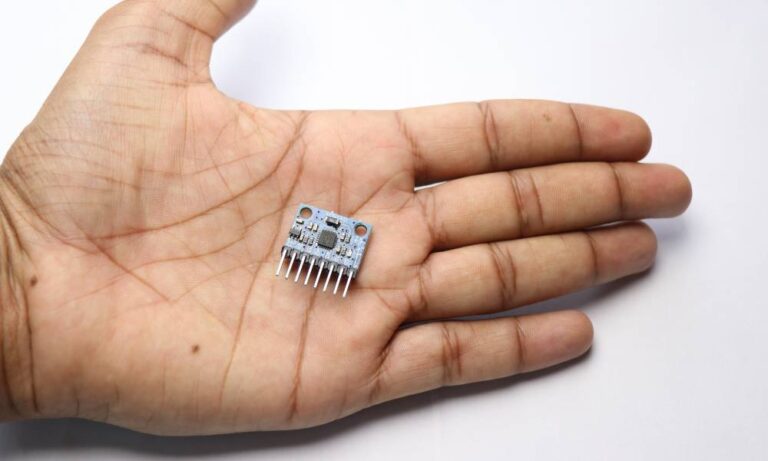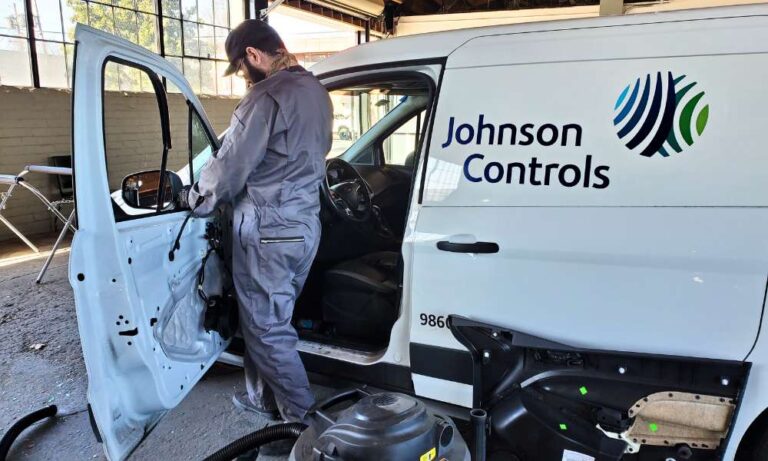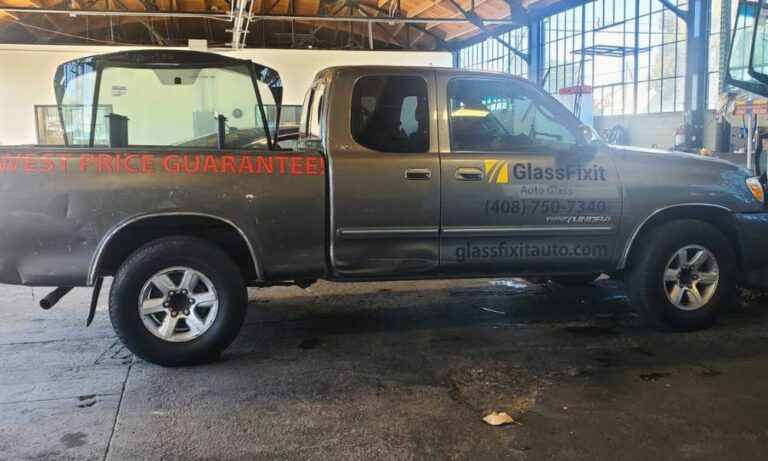In this blog post, we will delve deeper into the...
The Importance of Camera Calibration After Windshield Replacement: Ensuring Proper Functionality

In the modern automotive industry, advanced driver-assistance systems (ADAS) have become increasingly prevalent. These systems rely on various sensors and cameras placed strategically throughout the vehicle to provide crucial data for functions like lane-keeping assistance, adaptive cruise control, and collision avoidance. One of the most critical components of ADAS is the windshield-mounted camera, which plays a vital role in ensuring the safety and functionality of these systems.
However, after a windshield replacement, it is essential to perform camera calibration to maintain the accuracy and effectiveness of the ADAS features. In this article, we will explore the significance of camera calibration following windshield replacement and understand how it ensures the proper functionality of ADAS.
Understanding ADAS and Windshield-Mounted Cameras
ADAS encompasses a range of safety features that assist drivers in avoiding collisions and improving overall road safety. These systems rely on sensors, radar, lidar, and cameras to gather data about the vehicle’s surroundings and provide real-time information to the onboard computer system. Windshield-mounted cameras are a crucial component of ADAS, particularly for systems like lane departure warning, forward collision warning, and automatic emergency braking.
These cameras are typically mounted near the rearview mirror, facing the road ahead. They utilize complex algorithms and image processing techniques to identify lane markings, detect objects, and provide accurate distance and speed calculations. However, for these cameras to function correctly, they require precise alignment and calibration.
The Impact of Windshield Replacement on Camera Calibration
When a windshield is replaced, it involves removing the original glass and installing a new one. This process can potentially disturb the delicate positioning and alignment of the windshield-mounted camera. Even minor changes in the camera’s position can significantly affect its performance, accuracy, and ability to provide reliable data to the ADAS system.
Several factors can cause misalignment or displacement of the camera during windshield replacement. These include:
1. Improper handling:
During the replacement process, if the camera is mishandled or bumped, it can lead to misalignment. The camera’s mounting bracket or other components may also be affected.
Vibration and shock: The removal and installation of a windshield can generate vibrations and shocks that may impact the camera’s precise calibration. These disturbances can displace the camera from its original position, affecting its accuracy.
2. Calibration targets:
Some windshield-mounted cameras require specific calibration targets or patterns to be projected onto the windshield during the calibration process. If these targets are not correctly aligned or calibrated, it can result in inaccurate readings and compromised functionality.
Importance of Camera Calibration after Windshield Replacement
Camera calibration is a crucial step that ensures the accuracy and effectiveness of ADAS features after a windshield replacement. Here’s why it is essential:
Accuracy of ADAS functions:
Properly calibrated cameras provide accurate data to the ADAS system, allowing it to make informed decisions. Misaligned cameras may lead to false readings, resulting in compromised functionality of systems like lane-keeping assistance or forward collision warning.
Road safety and collision avoidance:
ADAS systems are designed to enhance road safety by helping drivers avoid collisions. However, if the camera is not calibrated correctly, it may fail to detect obstacles or provide incorrect information, jeopardizing the effectiveness of collision avoidance systems.
Legal compliance:
In some regions, driving a vehicle with malfunctioning ADAS systems can lead to legal consequences. Following a windshield replacement, recalibrating the camera ensures compliance with regulations and standards, reducing the risk of legal complications.
Optimal performance and longevity:
Camera calibration not only ensures immediate functionality but also contributes to the long-term performance and reliability of the ADAS system. Regular calibration prevents potential issues from escalating and helps maintain the overall integrity of the system.
Camera Calibration Process
Camera calibration typically involves two primary methods:
Static calibration:
Static calibration is performed using calibration targets or patterns mounted on a level surface in a controlled environment. The camera is adjusted and aligned according to specific manufacturer guidelines to ensure accurate readings. This process requires specialized equipment and technical expertise.
Dynamic calibration:
Dynamic calibration involves driving the vehicle under specific conditions while the camera captures data. This method uses road markings, lane changes, or stationary objects to verify the camera’s accuracy and real-time data processing. Dynamic calibration usually requires advanced equipment and the expertise of trained professionals.
It is important to note that camera calibration is a complex process that should be performed by trained technicians using specialized tools and equipment. DIY attempts or uncertified services may lead to inaccurate calibration, jeopardizing the functionality of ADAS systems.
Conclusion
The advancement of ADAS technology has revolutionized the automotive industry, improving vehicle safety and reducing the likelihood of collisions. Windshield-mounted cameras play a pivotal role in ensuring the accuracy and effectiveness of ADAS features, such as lane-keeping assistance and collision warning. However, after a windshield replacement, camera calibration becomes imperative to maintain the precise alignment and functionality of these cameras.
By performing camera calibration following windshield replacement, vehicle owners can ensure accurate readings, optimal system performance, and compliance with legal requirements. It is crucial to entrust this calibration process to qualified professionals with the necessary expertise and specialized equipment.
Ultimately, prioritizing camera calibration after windshield replacement safeguards the proper functioning of ADAS features, promotes road safety, and helps drivers harness the full potential of these advanced driver-assistance systems.
Read more Articles
Mobile Window Repair: Why It Matters and How to Choose the Right Service
In this comprehensive guide, we will walk you through the...
Tips for Choosing the Best Mobile Windshield Repair Service in Your Area
In this comprehensive guide, we will walk you through the...



